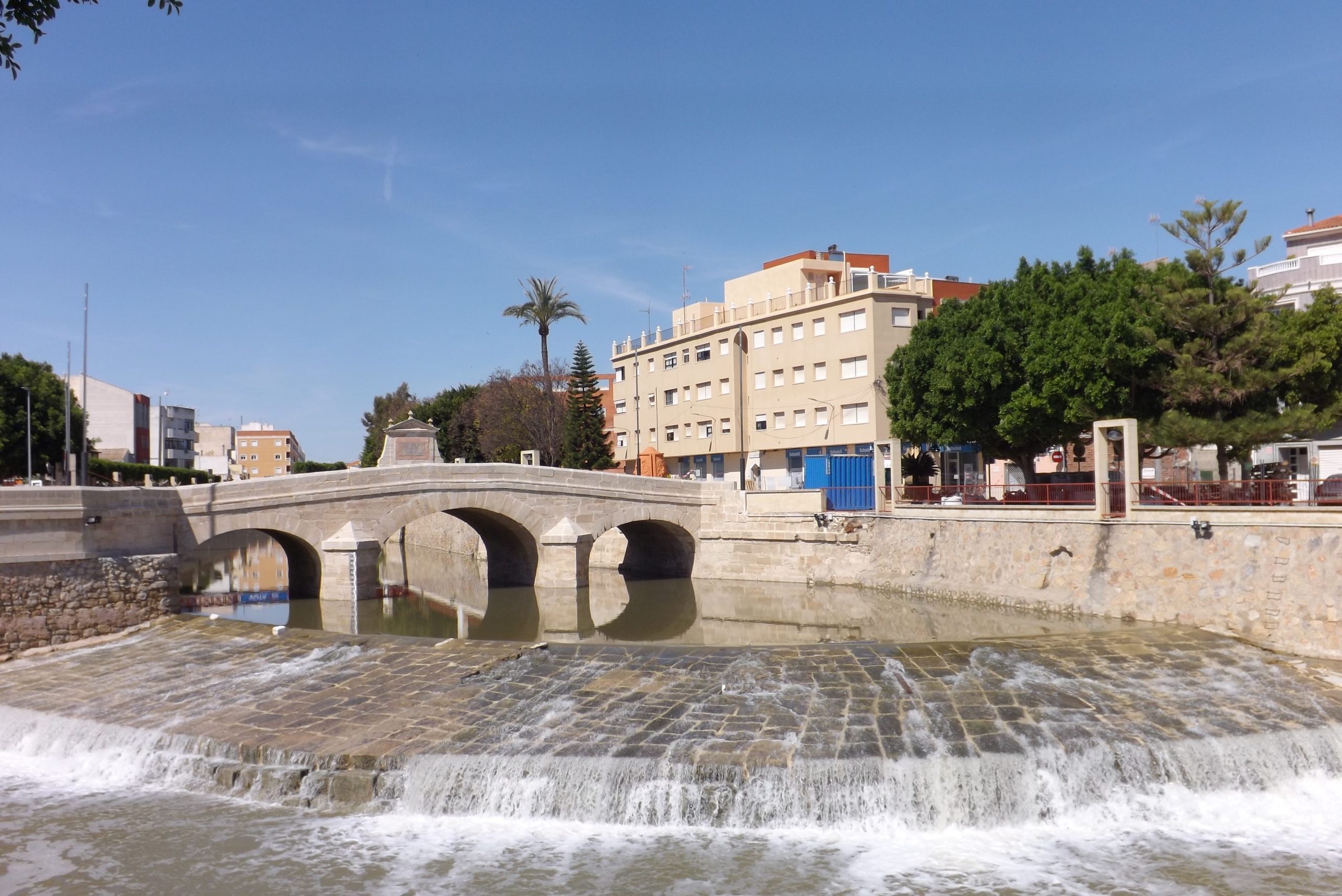A RIPARIAN forest is being planted on the banks of the Segura river, east of Rojales in the Vega Baja region of Costa Blanca.
The Segura Hydrographic Confederation (CHS) seeks to remove the cane plantations using two methods to improve natural drainage in the area.
Build-up of cane is commonly the reason for blockages at weirs and dams, potentially causing flooding.
Both north and south banks of the slow-running river will see the new forest planted, over a total area of 6,000 square meters.
The budget for the project – originally due to start a year ago – is close to 150,000 euros, with work expected to take 15 months.
Polyethylene sheets will first cover the cane for at least 9 months causing it to dry out and die.
The second phase is clearance and further new forestation, planted at such a density so as not to slow drainage from the hinterland.
The upper part of slopes will have Poplar, Elm, Ash Hackberry.
Smaller trees such as Oleander and Yellow Lily will take up the lower slopes and the riverbed itself.
A riparian forest or riparian woodland is a forested or wooded area of land adjacent to a body of water such as a river, stream, pond, lake, marshland, estuary, canal, sink or reservoir.
The term riparian comes from the Latin word ripa, ‘river bank’; though, technically it only refers to areas adjacent to flowing bodies of water.
Earlier this week, Rojales City Council announced further plans to increase biodiversity and decrease climate change.
READ MORE: Solitary bees encouraged to reproduce in fight against climate change on Spain’s Costa Blanca
Click here to read more Costa Blanca News from The Olive Press.












